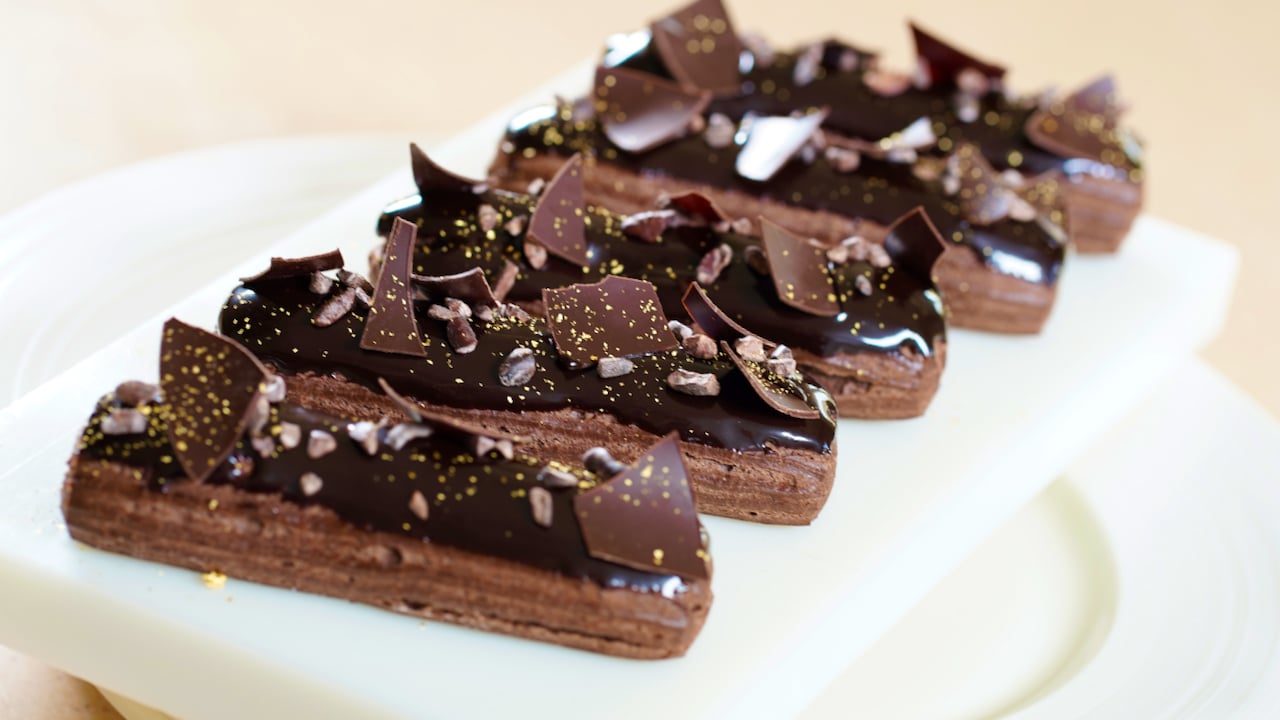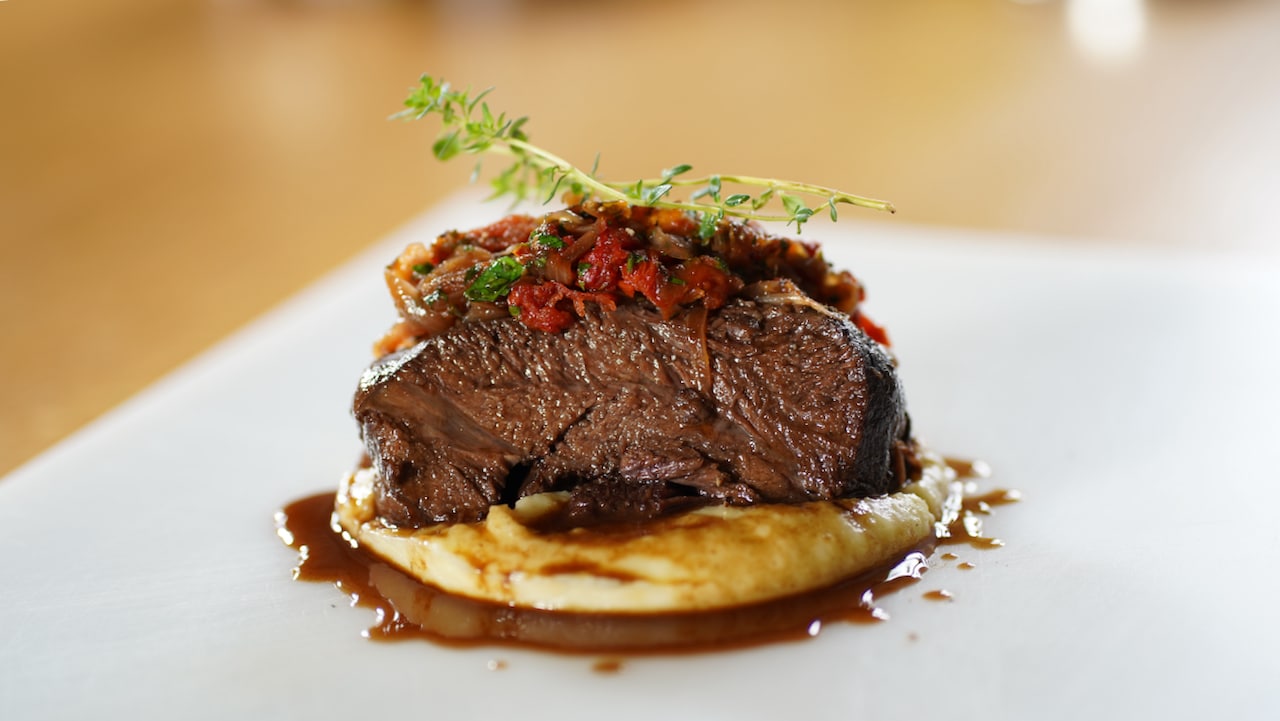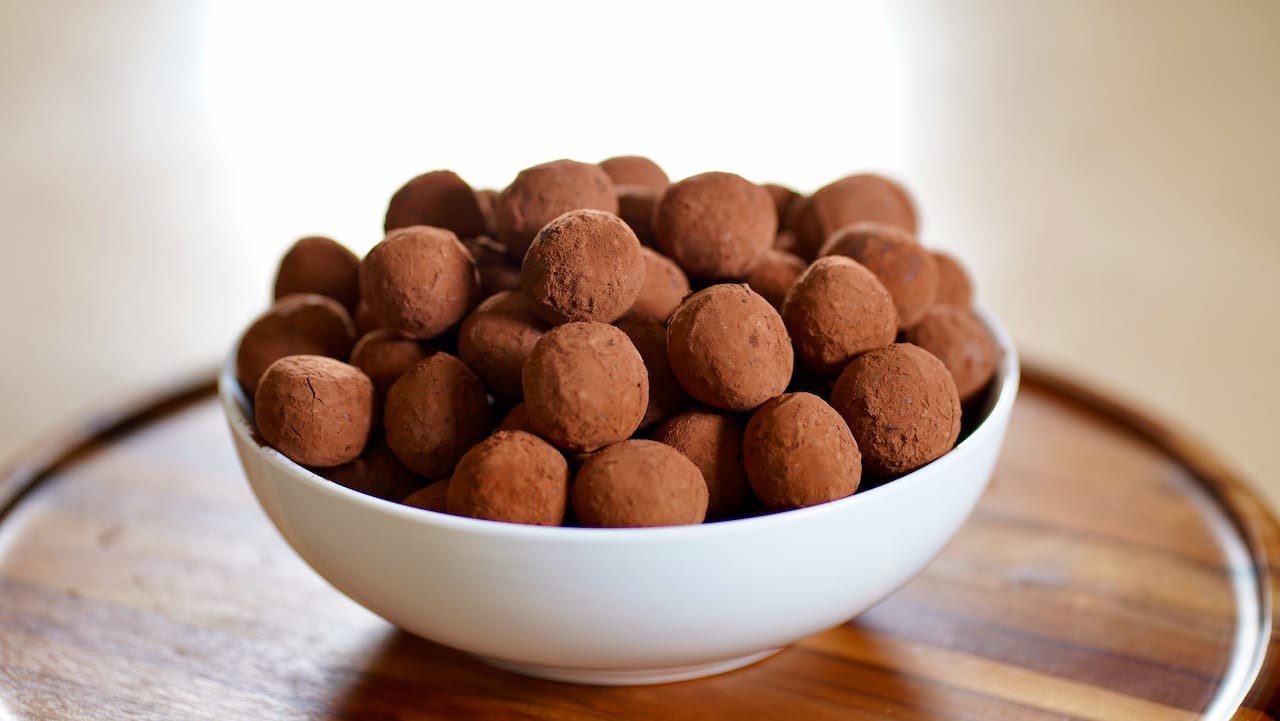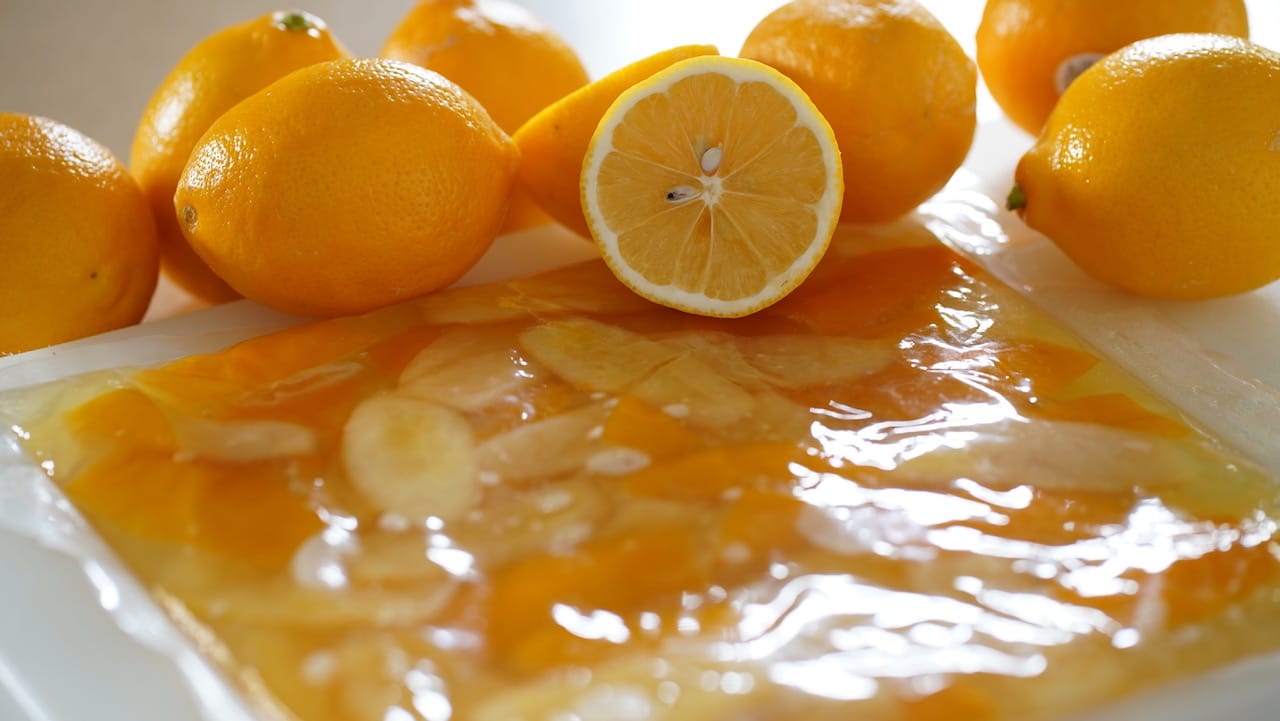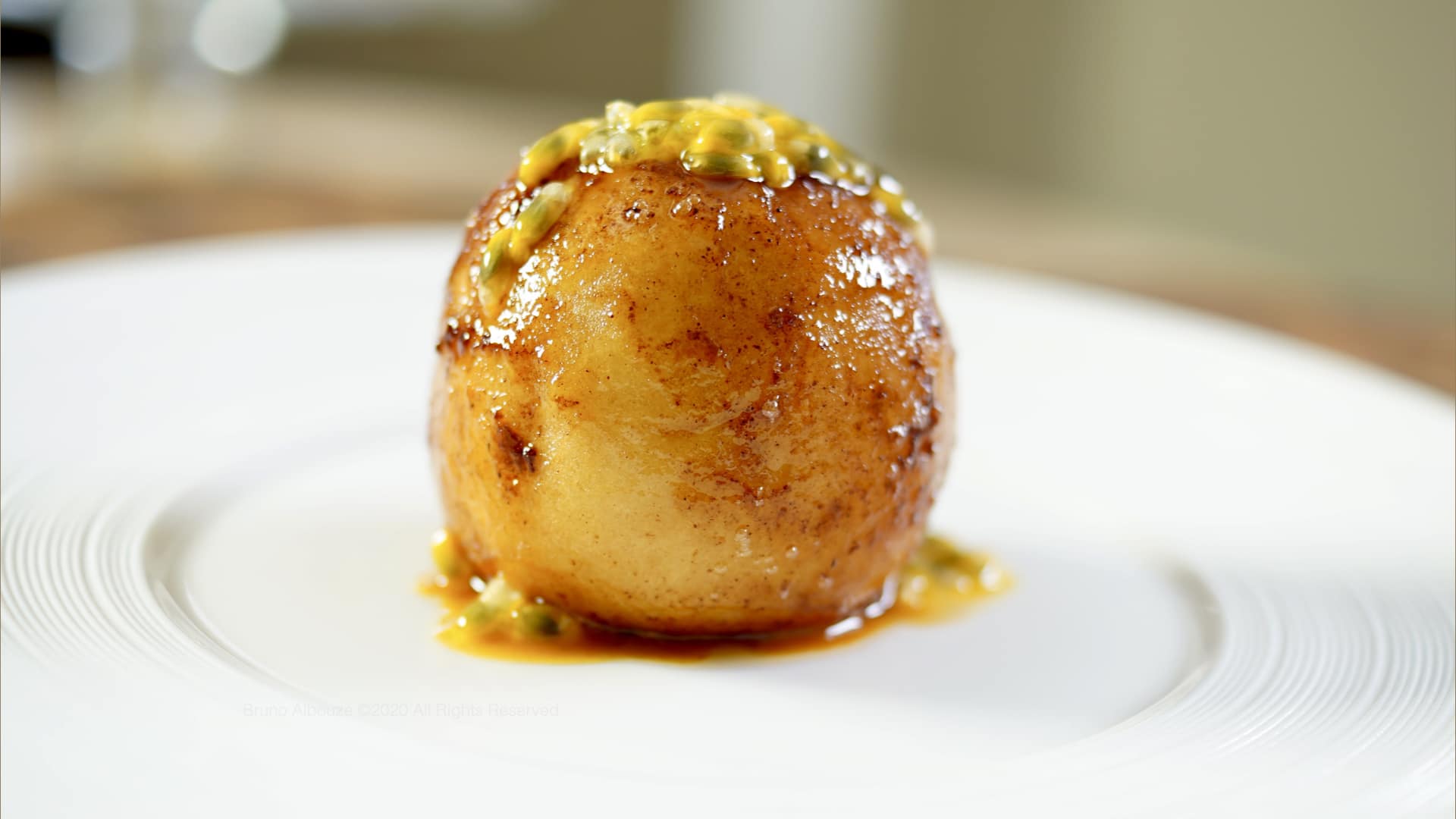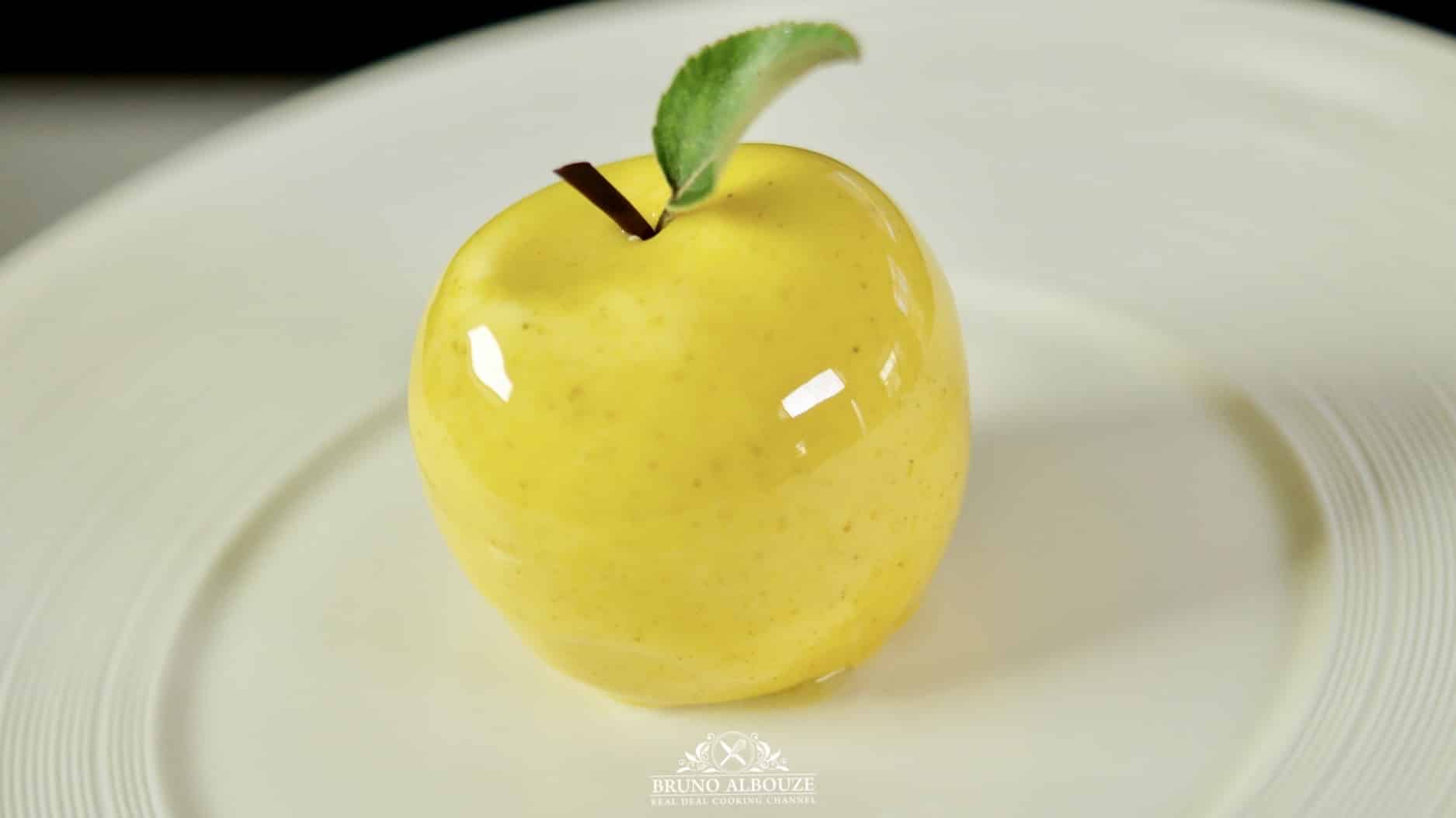Focaccia
Focaccia - A Delightful Journey Through Time and Taste Welcome to a culinary journey steeped in history and flavor with the renowned Focaccia bread. Many believe that this Italian classic has its roots with the Etruscans in North Central Italy or even further back to Ancient Greece. Known for its versatility, focaccia can be enjoyed with a wide array of toppings and is perfect for creating mouthwatering sandwiches. Enhanced with fragrant rosemary, savory thyme, and a touch of fleur de sel or flaky sea salt, focaccia tantalizes the taste buds with every bite. From olives to onions, garlic to fennel, and even a drizzle of balsamic vinegar or a sprinkle of sun-dried tomatoes, the possibilities for topping this delectable bread are endless. Whether adorned with marinated vegetables, cheese, grapes, figs, or a spread of pesto or tapenade, each variation offers a unique and delightful experience. To achieve the perfect texture and flavor, the dough for focaccia is typically 75% hydrated, resulting in a light, airy crumb and a crisp, golden crust. Join me as we explore the art of making focaccia, a timeless favorite that continues to captivate taste buds around the world. Get ready to be inspired and tempted by the irresistible allure of this classic Italian bread.
Ready to discover this recipe? You're only 1 step away.
This recipe is only accessible to registered members!
Create your account to access all cooking recipes of my website (excepting courses and masterclasses of the Academy).
Join us now and enjoy more 700 recipes (All mostly french, but also european, asiatic and american)

